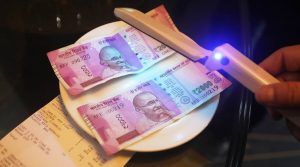U.S. Government’s Decision To Put India On The Watchlist For Currency Manipulators:

Union Commerce Secretary questioned the rationale behind the U.S. government’s decision to put India on the watchlist for currency manipulators and said the list constituted an intrusion into the policy space needed by central banks around the world to meet their mandates.
- The U.S. Treasury Department had recently retained India on a watchlist for currency manipulators submitted to the U.S. Congress, citing higher dollar purchases (close to 5% of the gross domestic product) by the Reserve Bank of India (RBI).
- Another trigger for the inclusion on the currency watchlist is a trade surplus of $20 billion or more.
- India’s trade surplus with the U.S. grew by about $5 billion to $23 billion in 2020-21, from around $18 billion in the previous fiscal year, as imports fell more sharply than exports in the COVID-affected year.
- In response to a question on the U.S .move, India said the RBI had been taking necessary steps to maintain stability in the financial markets and not accumulating forex reserves like China did in the past.
- It is a mandate of the central bank to provide stability in the currency as a result of which central banks buy and sell foreign currency.
- Our overall reserves have been fairly steady from $500 billion to $600 billion. We are not accumulating reserves like China, which at one point had reserves of $4 trillion.




